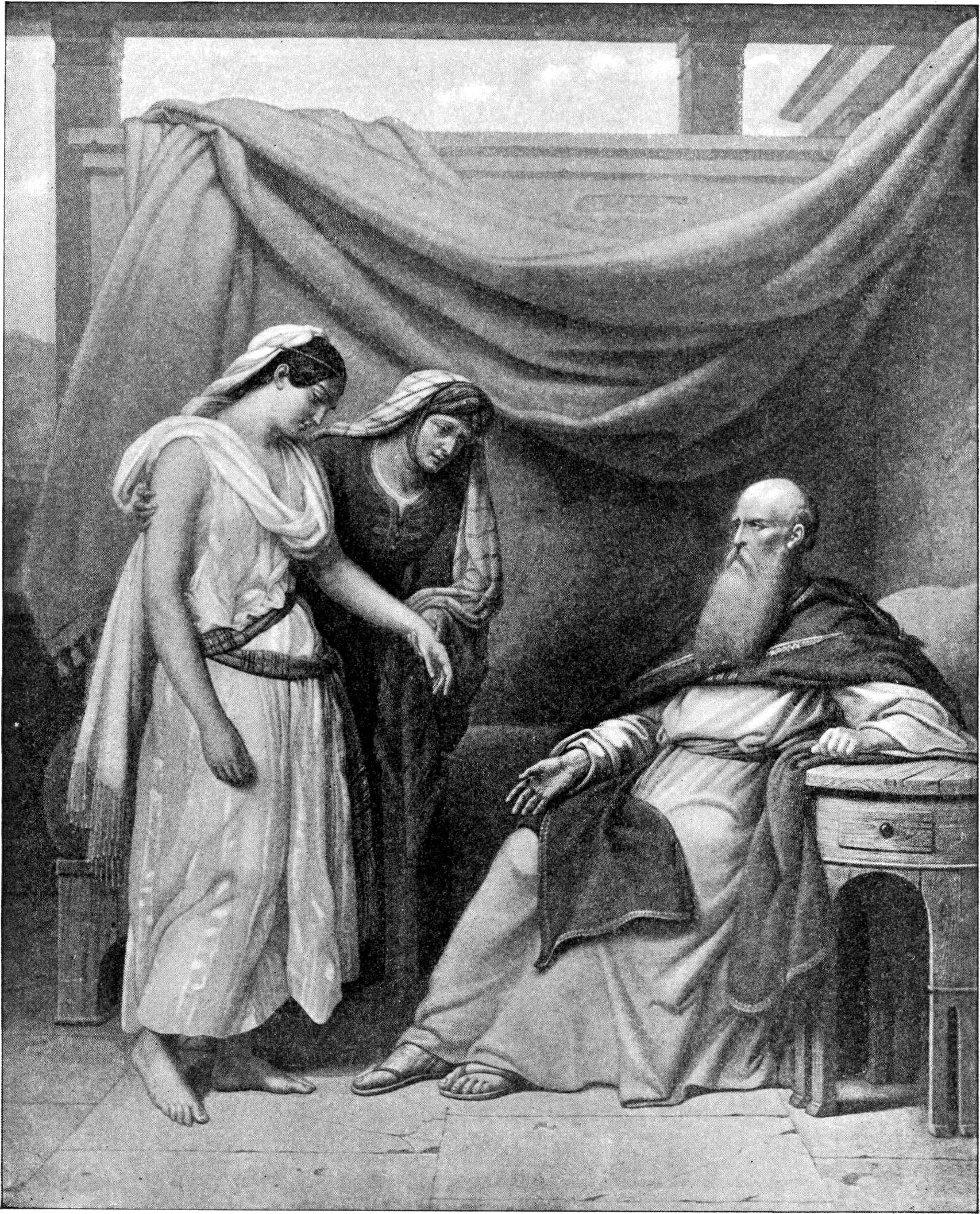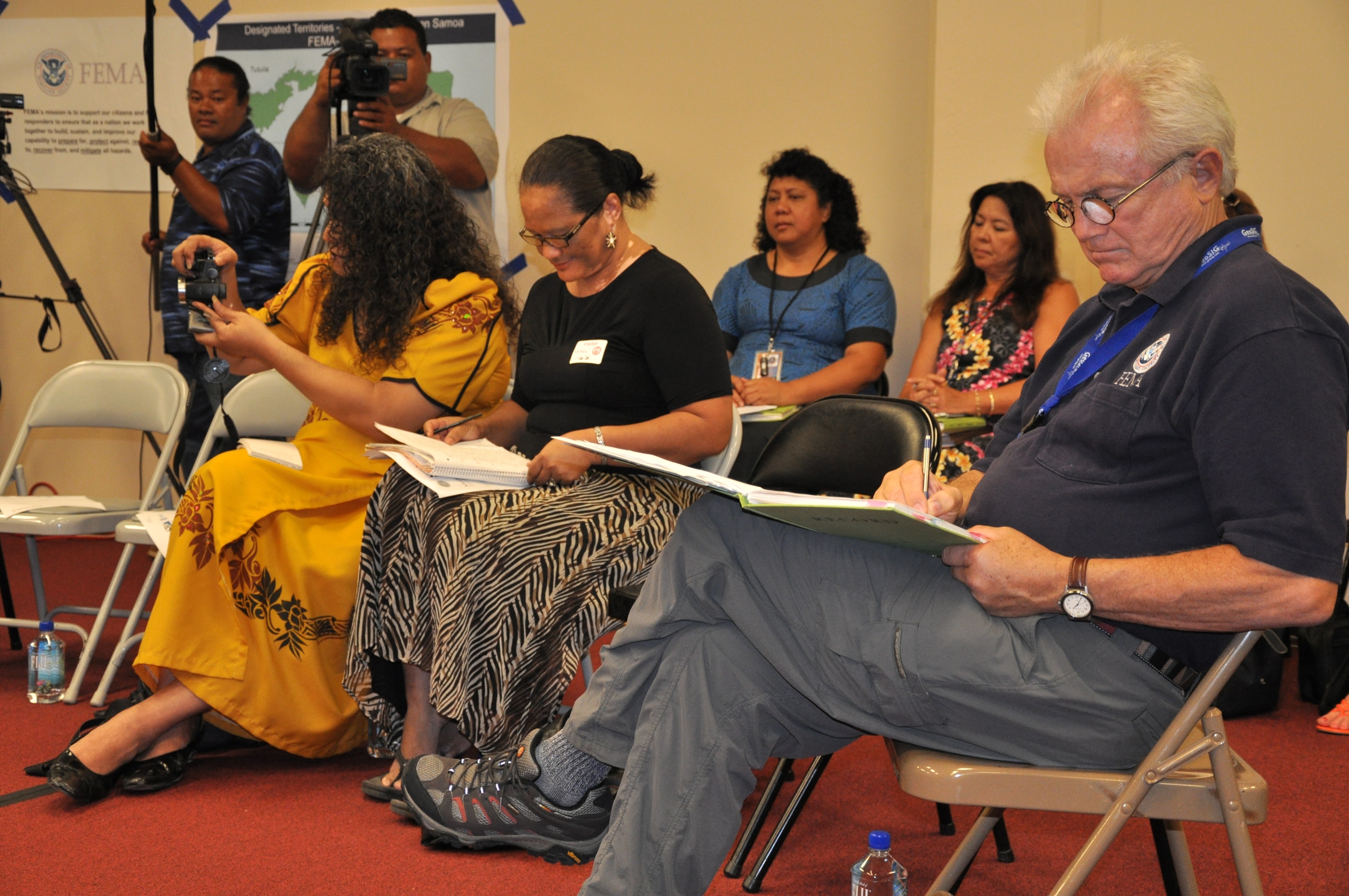|
Four Mothers (anti-war Protest Movement)
Four Mothers ( he, ארבע אמהות ''arba imahot''; the name is in reference to the Biblical matriarchs Sarah, Rebecca, Leah, and Rachel) was an Israeli protest movement founded in 1997 following the 1997 Israeli helicopter disaster by four women residents of northern Israel and mothers of soldiers serving in Lebanon, with the goal of bringing about an Israeli withdrawal from the IDF's and SLA's security zone in Southern Lebanon. The ''Four Mothers'' movement was able to influence Israeli public opinion, and ultimately the Israeli government decided on IDF withdrawal from Southern Lebanon unilaterally, executed in May 2000. Background In 1982, Israel decided to invade into Lebanon. in what was then called by the Israelis Operation Peace for Galilee, in order to root out Palestinian insurgents and support the Christian militias and the Free Lebanon State on the course of the Lebanese Civil War. Following the 1982-85 fighting, the IDF remained deployed in the area of ... [...More Info...] [...Related Items...] OR: [Wikipedia] [Google] [Baidu] |
Matriarchs (Bible)
The patriarchs ( he, אבות ''Avot'', singular he, אב '' Av'') of the Bible, when narrowly defined, are Abraham, his son Isaac, and Isaac's son Jacob, also named Israel, the ancestor of the Israelites. These three figures are referred to collectively as the patriarchs, and the period in which they lived is known as the patriarchal age. Judaism, Christianity, and Islam hold that the patriarchs, along with their primary wives, known as the matriarchs ( Sarah, Rebekah and Leah) are entombed at the Cave of the Patriarchs, a site held holy by the three religions. Rachel, Jacob's other wife, is said to be buried separately at what is known as Rachel's Tomb, near Bethlehem, at the site where she is believed to have died in childbirth. More widely, the term patriarchs can be used to refer to the twenty male ancestor-figures between Adam and Abraham. The first ten of these are called the antediluvian patriarchs, because they came before the Flood. Definition The patriarc ... [...More Info...] [...Related Items...] OR: [Wikipedia] [Google] [Baidu] |
Lebanese Civil War
The Lebanese Civil War ( ar, الحرب الأهلية اللبنانية, translit=Al-Ḥarb al-Ahliyyah al-Libnāniyyah) was a multifaceted armed conflict that took place from 1975 to 1990. It resulted in an estimated 120,000 fatalities and an exodus of almost one million people from Lebanon. The diversity of the Lebanese population played a notable role in the lead-up to and during the conflict: Sunni Muslims and Christians comprised the majority in the coastal cities; Shia Muslims were primarily based in the south and the Beqaa Valley in the east; and Druze and Christians populated the country's mountainous areas. The Lebanese government had been run under the significant influence of elites within the Maronite Christian community. The link between politics and religion had been reinforced under the French Mandate from 1920 to 1943, and the country's parliamentary structure favoured a leading position for its Christian-majority population. However, the country had a ... [...More Info...] [...Related Items...] OR: [Wikipedia] [Google] [Baidu] |
Public Relations
Public relations (PR) is the practice of managing and disseminating information from an individual or an organization (such as a business, government agency, or a nonprofit organization) to the public in order to influence their perception. Public relations and publicity differ in that PR is controlled internally, whereas publicity is not controlled and contributed by external parties. Public relations may include an organization or individual gaining exposure to their audiences using topics of public interest and news items that do not require direct payment. The exposure mostly is media-based. This differentiates it from advertising as a form of marketing communications. Public relations aims to create or obtain coverage for clients for free, also known as earned media, rather than paying for marketing or advertising also known as paid media. But in the early 21st century, advertising is also a part of broader PR activities. An example of good public relations would be ge ... [...More Info...] [...Related Items...] OR: [Wikipedia] [Google] [Baidu] |
Media (communication)
In mass communication, media are the communication outlets or tools used to store and deliver information or data. The term refers to components of the mass media communications industry, such as print media, publishing, the news media, photography, Movie theater, cinema, broadcasting (radio and television), digital media, and advertising. The development of early writing and paper enabling longer-distance communication systems such as mail, including in the Achaemenid Empire, Persian Empire (Chapar Khaneh and Angarium) and Roman Empire, can be interpreted as early forms of media. Writers such as Howard Rheingold have framed early forms of human communication, such as the Lascaux, Lascaux cave paintings and early writing, as early forms of media. Another framing of the history of media starts with the Chauvet Cave paintings and continues with other ways to carry human communication beyond the short range of voice: smoke signals, Trail blazing, trail markers, and sculpture. The Te ... [...More Info...] [...Related Items...] OR: [Wikipedia] [Google] [Baidu] |
Strategy
Strategy (from Greek στρατηγία ''stratēgia'', "art of troop leader; office of general, command, generalship") is a general plan to achieve one or more long-term or overall goals under conditions of uncertainty. In the sense of the "art of the general", which included several subsets of skills including military tactics, siegecraft, logistics etc., the term came into use in the 6th century C.E. in Eastern Roman terminology, and was translated into Western vernacular languages only in the 18th century. From then until the 20th century, the word "strategy" came to denote "a comprehensive way to try to pursue political ends, including the threat or actual use of force, in a dialectic of wills" in a military conflict, in which both adversaries interact. Strategy is important because the resources available to achieve goals are usually limited. Strategy generally involves setting goals and priorities, determining actions to achieve the goals, and mobilizing resources to execu ... [...More Info...] [...Related Items...] OR: [Wikipedia] [Google] [Baidu] |
Shia
Shīʿa Islam or Shīʿīsm is the second-largest Islamic schools and branches, branch of Islam. It holds that the Prophets and messengers in Islam, Islamic prophet Muhammad in Islam, Muhammad designated Ali, ʿAlī ibn Abī Ṭālib as his Succession to Muhammad, successor (''khalīfa'') and the Imamah (Shia doctrine), Imam (spiritual and political leader) after him, most notably at the event of Ghadir Khumm, but was prevented from succeeding Muhammad as the leader of the Muslims as a result of the choice made by some of Companions of the Prophet, Muhammad's other companions (''ṣaḥāba'') at Saqifah. This view primarily contrasts with that of Sunni Islam, Sunnī Islam, whose adherents believe that Muhammad did not appoint a successor before Death of Muhammad, his death and consider Abu Bakr, Abū Bakr, who was appointed caliph by a group of senior Muslims at Saqifah, to be the first Rashidun, rightful (''rāshidūn'') caliph after Muhammad. Adherents of Shīʿa Islam are c ... [...More Info...] [...Related Items...] OR: [Wikipedia] [Google] [Baidu] |
Hezbollah
Hezbollah (; ar, حزب الله ', , also transliterated Hizbullah or Hizballah, among others) is a Lebanese Shia Islamist political party and militant group, led by its Secretary-General Hassan Nasrallah since 1992. Hezbollah's paramilitary wing is the Jihad Council, and its political wing is the Loyalty to the Resistance Bloc party in the Lebanese Parliament. After the Israeli invasion of Lebanon in 1982, the idea of Hezbollah arose among Lebanese clerics who had studied in Najaf, and who adopted the model set out by Ayatollah Khomeini after the Iranian Revolution in 1979. After failing to agree on a name for the new organisation, the party's founders adopted the name chosen by Ayatollah Khomeini, Hezbollah. The organization was established as part of an Iranian effort, through funding and the dispatch of a core group of Islamic Revolutionary Guard Corps (pasdaran) instructors, to aggregate a variety of Lebanese Shia groups into a unified organization to resist the ... [...More Info...] [...Related Items...] OR: [Wikipedia] [Google] [Baidu] |
West Bank
The West Bank ( ar, الضفة الغربية, aḍ-Ḍiffah al-Ġarbiyyah; he, הַגָּדָה הַמַּעֲרָבִית, HaGadáh HaMaʽarávit), so called due to its relation to the Jordan River, is the larger of the two Palestinian territories (the other being the Gaza Strip). A landlocked territory near the coast of the Mediterranean Sea in the Levant region of West Asia, it is bordered by Jordan and the Dead Sea to the east and by Israel (via the Green Line) to the south, west, and north. The territory has been under Israeli occupation since 1967. The territory first emerged in the wake of the 1948 Arab–Israeli War as a region occupied and subsequently annexed by Jordan. Jordan ruled the territory until the 1967 Six-Day War, when it was occupied by Israel. Since then, Israel has administered the West Bank as the Judea and Samaria Area, expanding its claim into East Jerusalem in 1980. The mid-1990s Oslo Accords split the West Bank into three regional levels of P ... [...More Info...] [...Related Items...] OR: [Wikipedia] [Google] [Baidu] |





